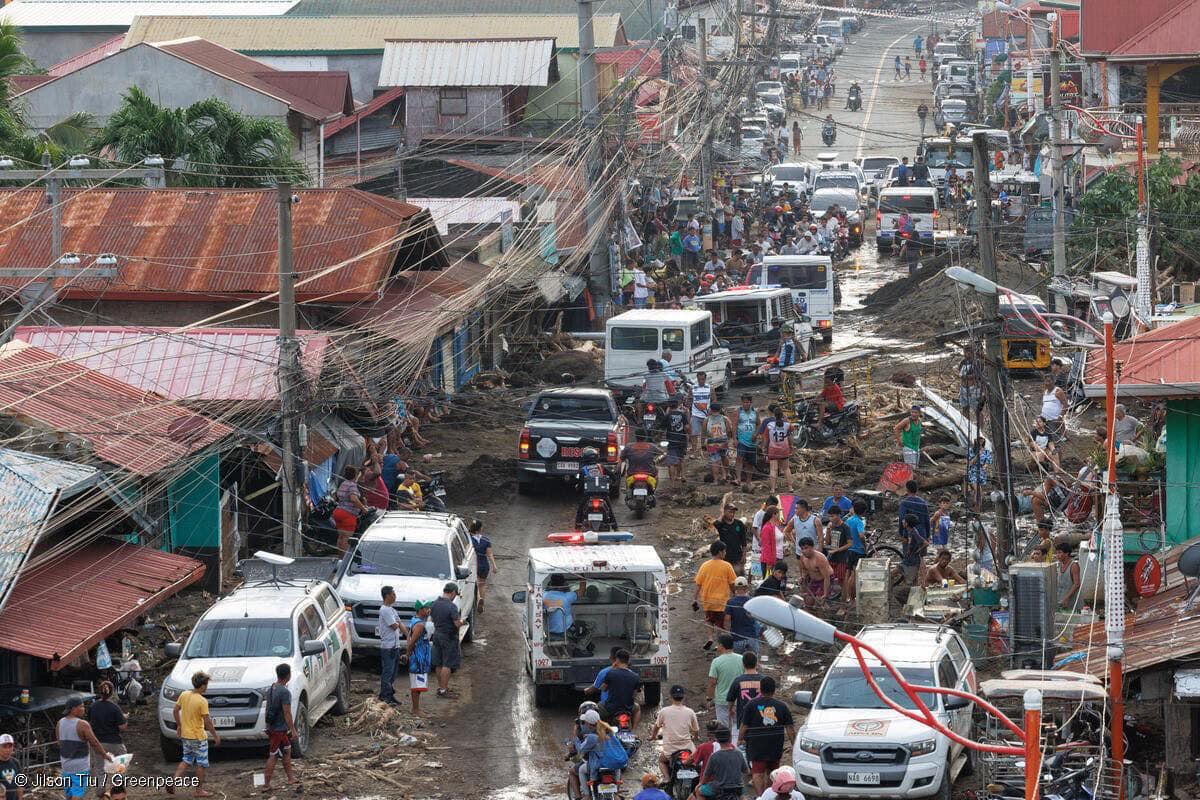
THE Philippine Department of Health on Tuesday, June 30, recorded 1,080 new cases of the novel coronavirus in the country, which brings the official tally of infected individuals to 37,514.
Of the number, 858 were fresh cases, while 222 were late cases as the agency continues to clear its backlog of unvalidated cases.
The DOH also recorded 11 individuals who passed away due to the disease, raising the death toll to 1,266.
The total number of recoveries, on the other hand, is now at 10,233 after 277 more patients recovered from COVID-19.
A new study from the OCTA Research, which is composed of professors from the University of the Philippines and the University of Santo Tomas, projected that the number of infections in the country could rise to 60,000 by the end of July.
According to the researchers, the current reproduction rate of COVID-19 in the country is around 1.28.
“This indicates that the pandemic is not yet on the downward trend. Moreover, community spread is uneven throughout the archipelago. At this time, the province of Cebu has significantly higher transmission rates than the rest of the country,” they said.
OCTA Research also projected that COVID-19 fatalities may reach 1,300 by July 31.
“We emphasize that the projected increase in cases and deaths can be prevented by rapidly identifying and breaking chains of viral transmission,” the group said.
Malacañang, for its part, expressed optimism that the government would be able to beat the group’s COVID-19 cases projection.
“Panalo na tayo (We have already won). We beat the UP’s prediction. We beat it. So congratulations, Philippines. So, let’s do it again in July,” said presidential spokesperson Harry Roque.
The statement came after the country managed to disprove UP’s previous projection that the infections in the country could go up by 40,000 by end of June.
Roque also assured that the government is prepared for the worst as the country continues its fight against COVID-19.
“Pinaghandaan po natin iyan at pinaghahandaan pa rin (We were ready and remain ready [for the worst]),” he said. nTHE Philippine Department of Health on Tuesday, June 30, recorded 1,080 new cases of the novel coronavirus in the country, which brings the official tally of infected individuals to 37,514.
Of the number, 858 were fresh cases, while 222 were late cases as the agency continues to clear its backlog of unvalidated cases.
The DOH also recorded 11 individuals who passed away due to the disease, raising the death toll to 1,266.
The total number of recoveries, on the other hand, is now at 10,233 after 277 more patients recovered from COVID-19.
A new study from the OCTA Research, which is composed of professors from the University of the Philippines and the University of Santo Tomas, projected that the number of infections in the country could rise to 60,000 by the end of July.
According to the researchers, the current reproduction rate of COVID-19 in the country is around 1.28.
“This indicates that the pandemic is not yet on the downward trend. Moreover, community spread is uneven throughout the archipelago. At this time, the province of Cebu has significantly higher transmission rates than the rest of the country,” they said.
OCTA Research also projected that COVID-19 fatalities may reach 1,300 by July 31.
“We emphasize that the projected increase in cases and deaths can be prevented by rapidly identifying and breaking chains of viral transmission,” the group said.
Malacañang, for its part, expressed optimism that the government would be able to beat the group’s COVID-19 cases projection.
“Panalo na tayo (We have already won). We beat the UP’s prediction. We beat it. So congratulations, Philippines. So, let’s do it again in July,” said presidential spokesperson Harry Roque.
The statement came after the country managed to disprove UP’s previous projection that the infections in the country could go up by 40,000 by end of June.
Roque also assured that the government is prepared for the worst as the country continues its fight against COVID-19.
“Pinaghandaan po natin iyan at pinaghahandaan pa rin (We were ready and remain ready [for the worst]),” he said.





